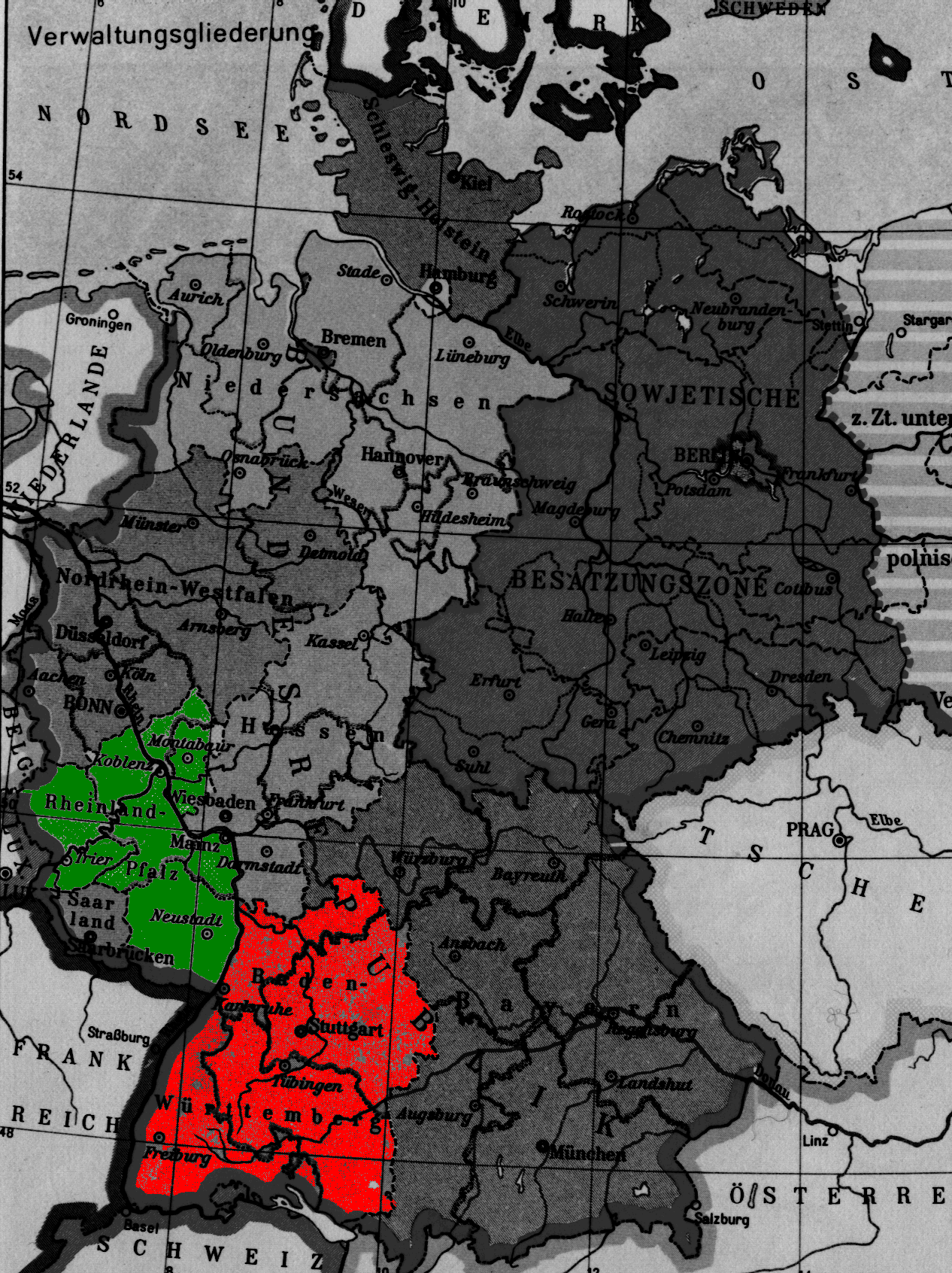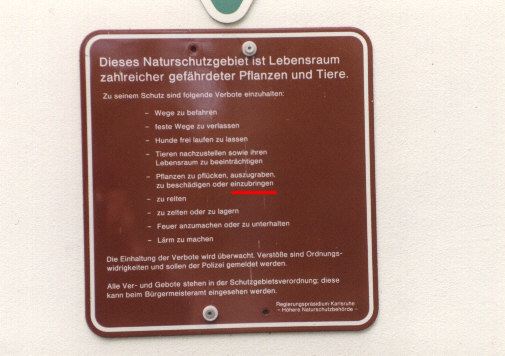

There are two types of rare plants, some may even benefit from the current "nothing-in-nothing-out" nature protection policy, like the common Pulsatilla vulgaris which has recovered well in the dry lime meadows of southwest Germany. Other plants like the Pulsatilla vernalis are extinct or receding with no signs of recovery. Same holds for some orchids, Aceras anthropophorum seems to expand its area continually while others exist only in very isolated regions or they have ceased to exist entirely.
What makes the difference between these species? After several years in the field I think that the species which are near the borders of their distribution area are receding while the native or alien species which are optimized for a certain biotope are favoured by the current nature protection system. Pulsatilla vernalis, Nigritella nigra and other plants of the higher mountains reach their lower border in the hills of southwest Germany, Adonis vernalis likes the continental climate of the east and species like Orchis palustris or Orchid spitzelii can grow only in very specialized biotopes. All these plants suffer greatly from biotope isolation, too. Nigritella nigra for example has the next suitable biotopes in the alps, even for orchid seeds this is a great distance to travel!
I respect the areas where the classic nature protection is successful and I also respect that there should be some (small!) fields where plant succession can be studied but I fight determinedly for the active reintroduction of species in areas where the current nature protection scheme fails. I think there should be guidelines and an official coordination place for such efforts to avoid real floral falsification with alien species. I have seen biotopes where almost everything has been made wrong what can be done wrong, but doing nothing and terrorizing the people who want to do something is no solution, too.
The following maps show how little is left of the distribution of certain plants. The weird thing is that these persons which are involved in biotope mapping frequently are the most vicious fighters against active biotope restoration. They should know it better. If maps look like the maps shown below I will never stop fighting against the official nature protection.
Orchis palustris in Rheinland-Pfalz and Baden-Württemberg
Adonis vernalis in Rheinland-Pfalz
Pulsatilla vernalis in Rheinland-Pfalz
Frittilaria meleagris in Rheinland-Pfalz
Dactylorhiza sambucina in Rheinland-Pfalz and Baden-Württemberg
Gladiolus palustris in Rheinland-Pfalz and Baden-Württemberg
Orobanche hederae in Rheinland-Pfalz
Orchis spitzelii in Baden-Württemberg
Nigritella nigra in Baden-Württemberg
Map symbols (Rheinland-Pfalz):
. -> active between 1950 and 1992
+ -> extinct after 1950
x -> extinct before 1950
E -> introduced
S -> perhaps introduced
U -> unstable
K -> cultivated
In the Baden-Württemberg maps, a white circle denotes an occurence which has become extinct long ago, a black and white circle means an occurence which has become extinct recently and a black circle is an active population. More details will follow soon.

As one stated recently: Nature protection means to protect us from nature!
|
"… five hundred and sixty thousand square kilometres, divided into four distinct Sub-Reservations, each surrounded by a high-tension wire fence." "… supplied with current from the Grand Canyon hydro-electric station." "… upwards of five thousand kilometres of fencing at sixty thousand volts." "To touch the fence is instant death," pronounced the Warden solemnly. "There is no escape from a Savage Reservation."
Aldous Huxley, "Brave new world"
|
Back to the nature protection title page